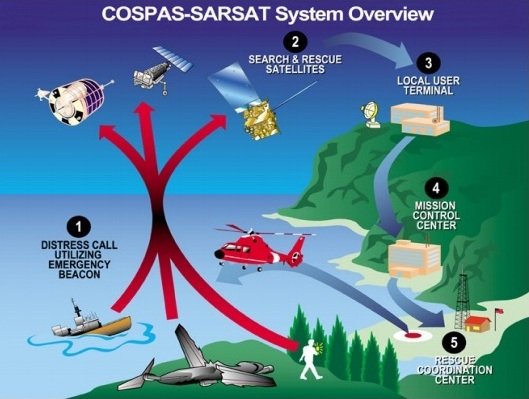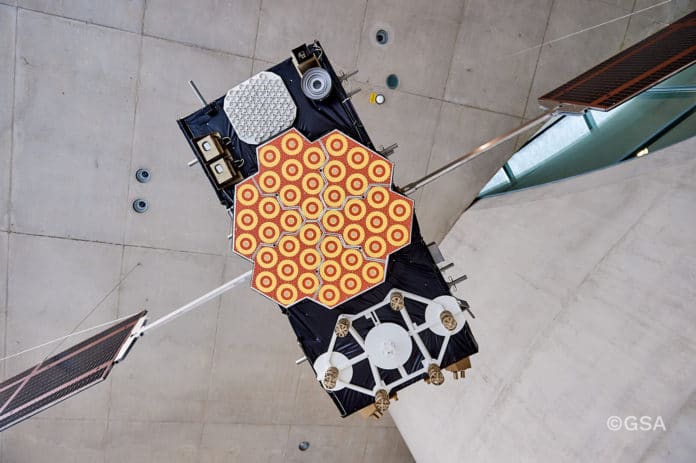In addition to providing global navigation services, Galileo, the European civil satellite positioning and navigation system designed by ESA, contributes to saving more than 2000 lives annually by sending SOS messages to rescue services. The navigation system can now reply to SOS messages, assuring people in danger that help is on the way, according to an ESA press release.
Galileo is one of four global satellite navigation systems along with GPS, GLONASS, and BeiDou. The main function of these systems is to determine the location. To do this, the satellites transmit the signal with the exact time, and the device on Earth calculates, based on signals from several satellites and data on their orbits, their location with an accuracy of usually several meters.

These global navigation systems also perform other important, although not so well-known functions. For instance, they help synchronize time over long distances and monitor distress signals from distant ships, aircraft, or individuals.
It is expected that the time of delivery of SOS messages – confirming receipt of an alarm after the initial activation of an emergency, beacon in most cases – will be several minutes, up to a maximum of 30 minutes. This will depend on the time required to detect and calculate the location from which the alarm came.

Except for the first two satellites, all the other 24 Galileo satellites in orbit have an 8-kg Cospas-Sarsat search and rescue unit onboard that consumes just 3% of onboard power. Their transceiver is housed next to the main navigation antenna.
Once the emergency message is received, the Cospas-Sarsat system, using the Doppler effect and counting the signal delay for several minutes, determines the location of the signal from the emergency beacon. It is then sent to the MEOLUT ground stations, which in turn relay them to the local authorities responsible for search and rescue activities.
It reduces intervention time and allows rescuers to arrive on-site with maximum precision, according to ESA.
